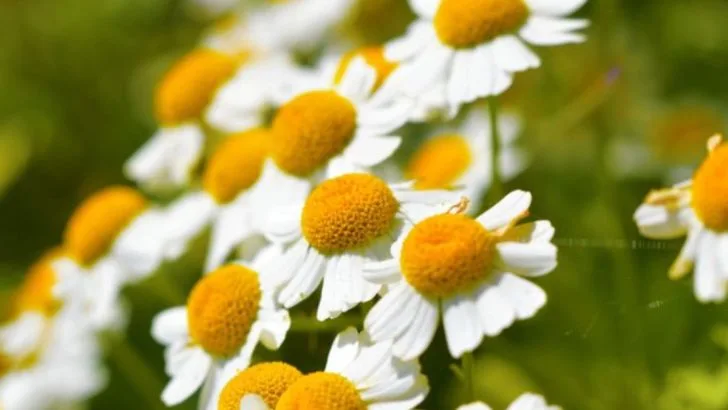European cottage gardens have long been celebrated for their charming mix of fragrant herbs, beautiful blooms, and quaint character. Now, a growing number of heritage European herbs are making their way across the pond to grace American gardens for the very first time.
In this article, we explore these heritage herbs, some of which have been grown for centuries in European gardens, and are now finding a new home in the U.S. Whether you’re seeking plants with rich history, robust flavor, or a bit of old-world charm, these herbs offer both culinary and aesthetic appeal.
Get ready to bring the essence of European cottage gardens into your own backyard with these time-tested herbs.
Borage
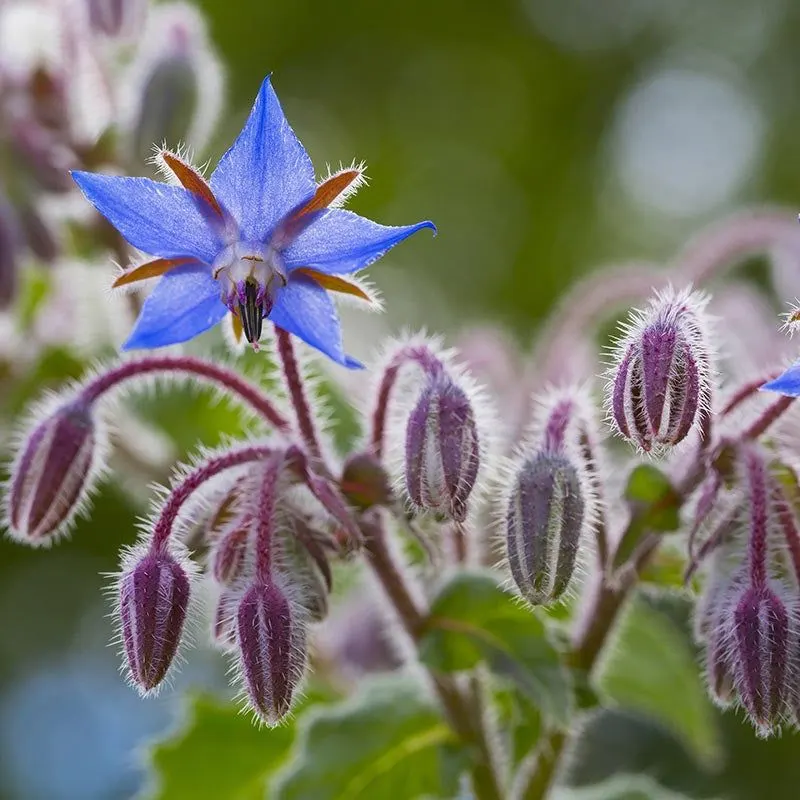
Borage, with its star-shaped blue flowers, has long been a favorite in European gardens. Known for attracting bees, its presence ensures pollination for other plants nearby. The leaves and flowers have a cucumber-like flavor, making them perfect for salads and garnishes. Did you know borage was once believed to bring courage to warriors? This herb offers more than just beauty; its historical significance adds a layer of intrigue. Embrace borage in your garden for both its utility and its folklore.
Lovage
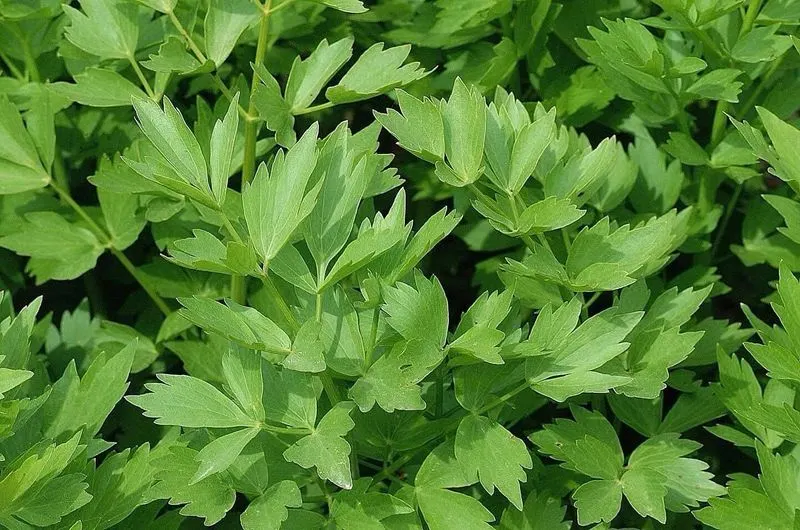
Lovage stands tall with its celery-like stalks and aromatic leaves, a staple in European kitchen gardens. Its flavor, reminiscent of celery, makes it versatile for soups and stews. Historically, lovage was used for digestive remedies, showcasing its dual purpose. This herb’s robust nature and rich aroma make it an excellent addition to any culinary garden. Its history as a medicinal plant adds depth, making lovage not just an ingredient but a conversation starter.
Feverfew
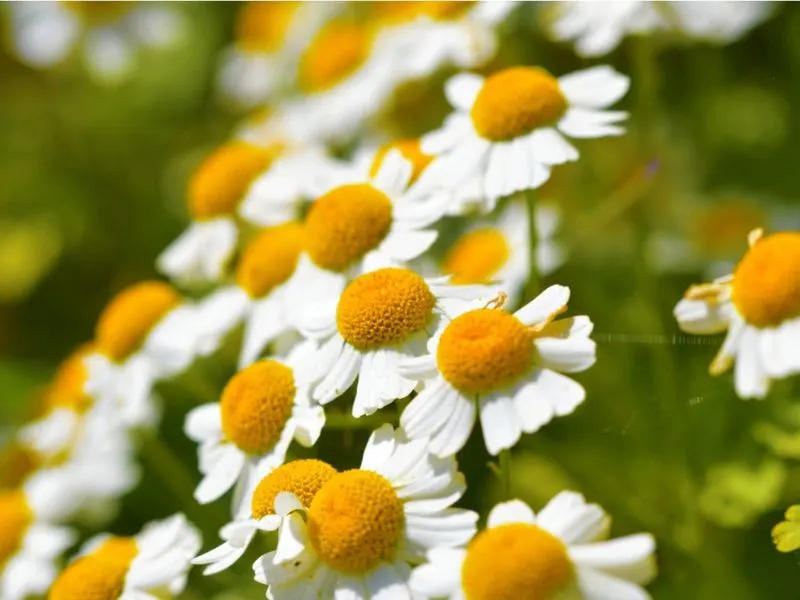
Feverfew, with its cheerful daisy-like flowers, brings a touch of brightness to any garden space. Traditionally used to ward off migraines and fevers, this herb carries a legacy of healing. Its ease of growth and resilience make it a gardener’s favorite. While its medicinal uses are notable, feverfew also adds aesthetic value with its delicate blossoms. This herb is a testament to the blend of beauty and utility in cottage gardens, offering both visual appeal and historical significance.
Sorrel
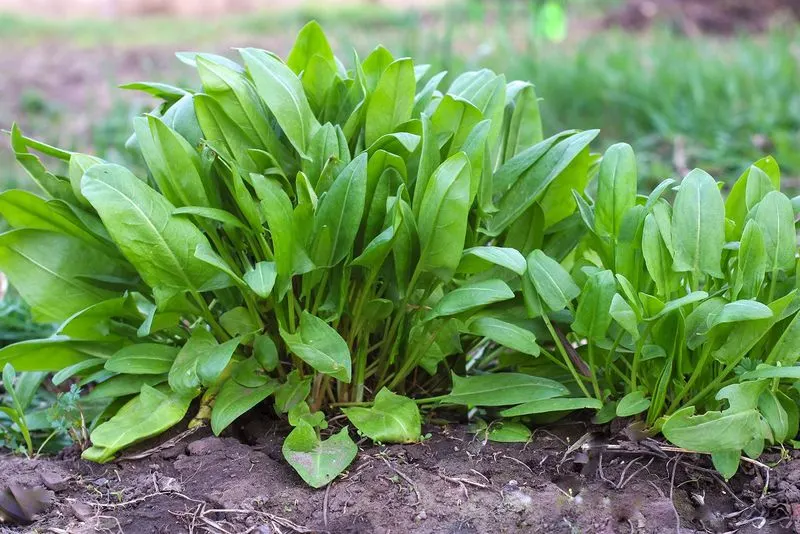
Sorrel brings a tangy twist to the garden with its lemon-flavored leaves. This perennial herb has been a culinary favorite in Europe, ideal for soups and salads. Historically, sorrel was believed to cleanse the blood, adding to its mystique. Its vibrant green color and sharp taste make it a standout in any herb garden. Sorrel not only enhances dishes but also enriches the garden with its lush foliage and historical connections.
Hyssop
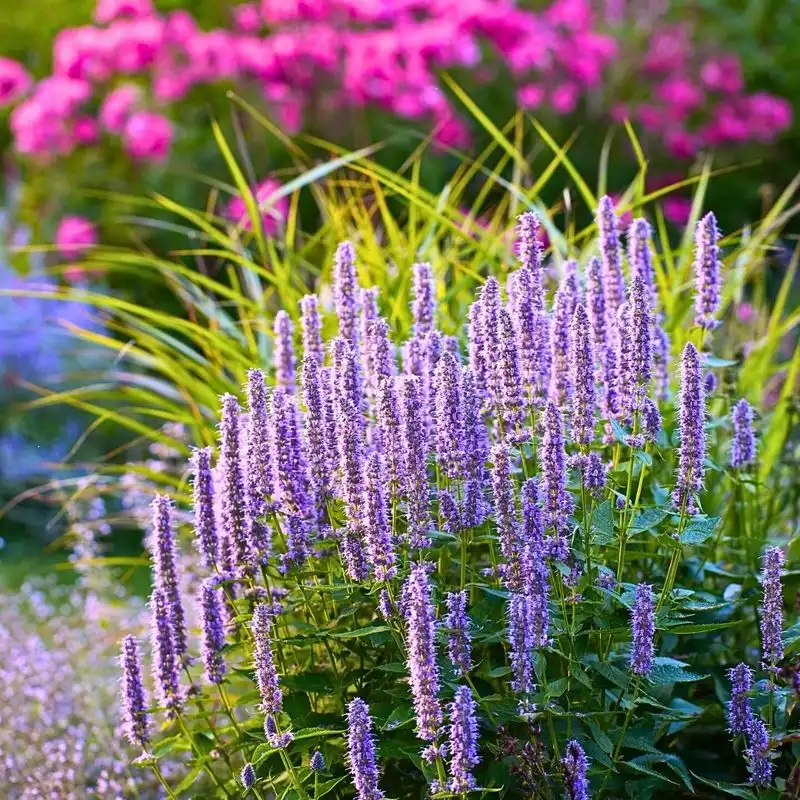
Hyssop, known for its aromatic leaves and spikes of purple flowers, has graced European gardens for centuries. This herb’s strong, minty aroma makes it a favorite for teas and herbal remedies. Historically associated with purification rituals, hyssop carries spiritual significance. Its vibrant flowers attract pollinators, adding movement and life to the garden. Hyssop’s combination of fragrance, beauty, and historical lore makes it a cherished addition for those seeking to connect with the past.
Angelica
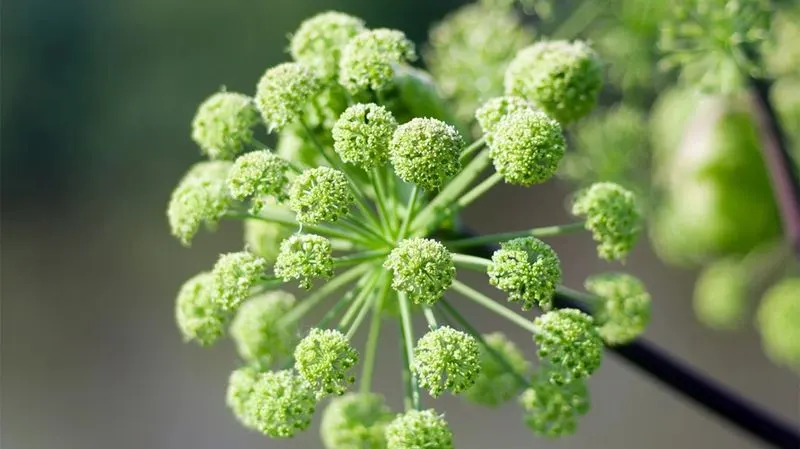
Angelica stands out with its towering stalks and umbrella-like flower clusters. This herb, often used in confectionery and liqueurs, has a sweet, musky aroma. Historically, angelica was believed to ward off evil spirits, adding an air of mystery. Its imposing presence and aromatic qualities make it a focal point in any garden setting. Angelica serves both as a culinary delight and a historical curiosity, bridging the gap between past and present.
Burnet
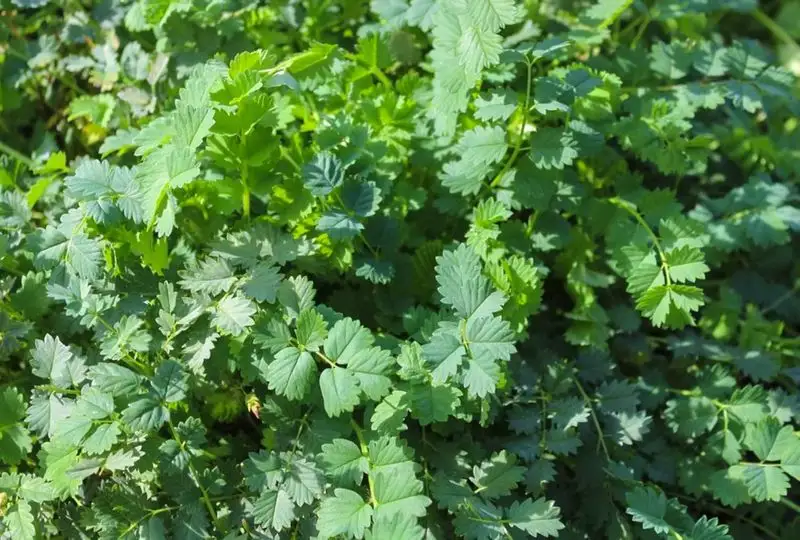
Burnet, with its small, serrated leaves, offers a mild cucumber flavor, perfect for salads and drinks. This herb’s resilience and adaptability make it a gardener’s delight. Historically, burnet was used as a medicinal herb, prized for its supposed healing properties. Its understated beauty and practical uses ensure burnet is more than just a pretty plant. Embrace burnet in your garden for its subtle charm and historical depth, adding a touch of Europe to your home garden.

